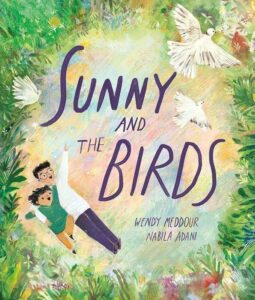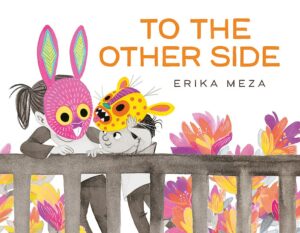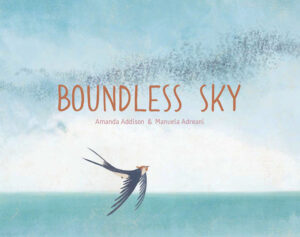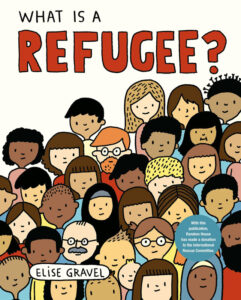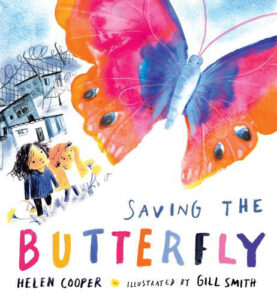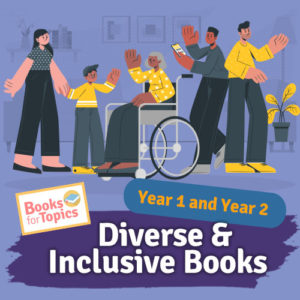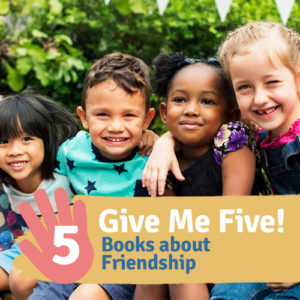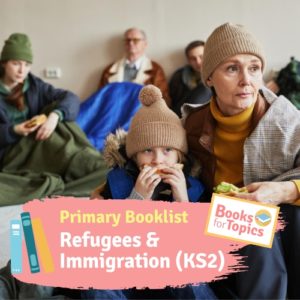Recommended Children’s Books about Refugees and Immigration
We’ve put together a list of recommended books about refugees for primary school-aged children. The children’s books on this list can help to explore the refugee experience and the topic of immigration in an age-appropriate way.
NB: This recommended booklist is aimed at children ages 4-7 (KS1). If you are looking for older children’s books for this topic, we have a separate KS2 refugee booklist here.








